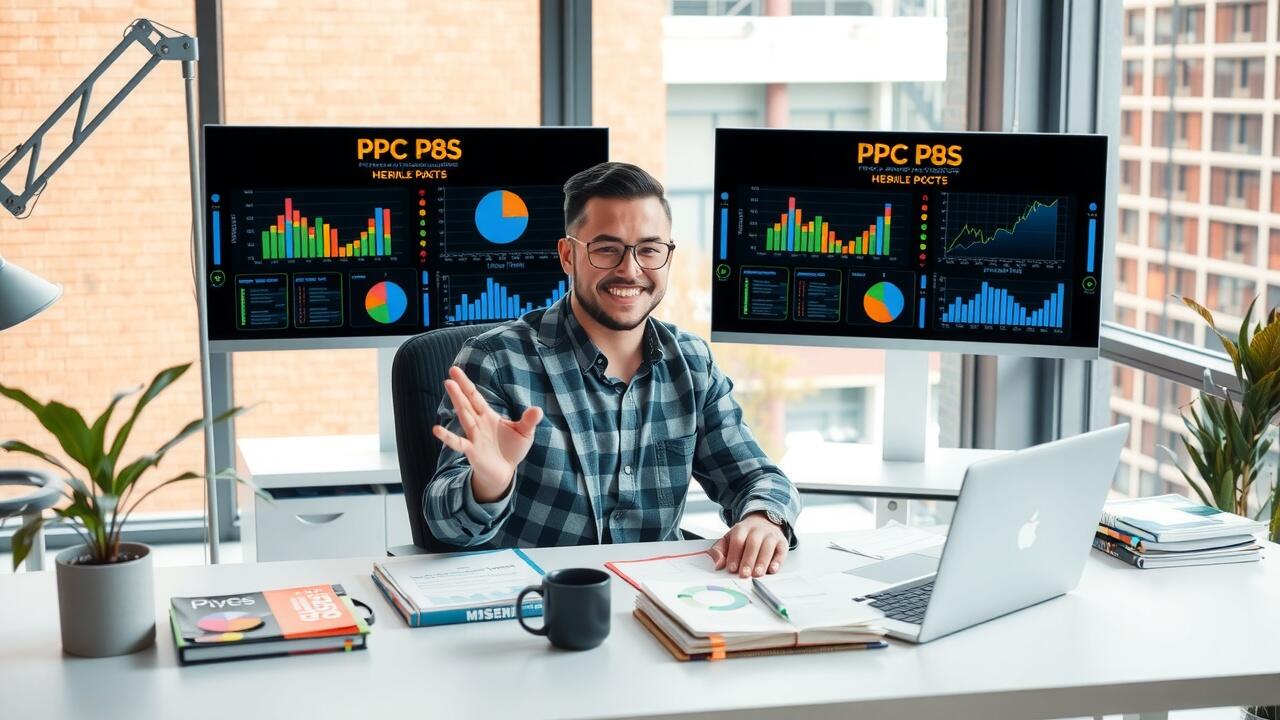
Seasonal Trends in Advertising Costs
Advertising costs on platforms like Facebook are not static. Seasonal trends play a significant role in determining how much businesses can expect to pay for impressions. During peak seasons, such as the holiday period, competition intensifies as brands seek to reach consumers who are more likely to spend. This increased demand often leads to higher costs for Pay-Per-Click (PPC) Advertising. Advertisers must be prepared for fluctuations in their budgets during these busy periods, as the competition for limited ad space can drive up prices.
In contrast, off-peak seasons may present more cost-effective opportunities for advertisers. During quieter months, competition may lessen, allowing brands to secure impressions at a lower price point. This variability means that understanding seasonal patterns can greatly inform advertising strategies and budget allocations. By monitoring these trends, businesses can optimise their approaches to Pay-Per-Click (PPC) Advertising, ensuring they spend effectively throughout the year.
How Holidays Affect Impression Prices
Holidays play a significant role in influencing impression prices on Facebook. During peak seasons such as Christmas or Black Friday, advertisers often increase their budgets to capture consumer attention, leading to heightened competition for available ad space. This influx causes the cost of impressions to rise, as more brands vie for visibility among users. The increase in demand results in a marked fluctuation in Pay-Per-Click (PPC) Advertising rates, which can challenge advertisers aiming to maintain cost-effective campaigns during these times.
Conversely, during off-peak periods, the saturation of advertisements tends to decrease. Fewer brands compete for user engagement, causing impression costs to stabilise or drop. As the urgency of holiday promotions subsides, CPC rates generally reflect this reduced competitive landscape. Advertisers may find it more economical to run campaigns when holiday spending wanes, thus placing greater emphasis on targeting their audience effectively while managing PPC Advertising expenses.
Geographic Variability in Costs
Costs for Facebook advertising can vary significantly based on geographic location. Regions with higher competition among businesses, such as urban centres, often see increased prices for impressions. This is partly due to the greater demand for ad space in these densely populated areas. Conversely, rural regions may provide lower pricing, as fewer advertisers target these locations. Understanding this disparity is crucial for businesses aiming to optimise their advertising budgets.
Pay-Per-Click (PPC) Advertising can further complicate this landscape. Advertisers may encounter diverse pricing structures based on local economic conditions and consumer behaviours. In some areas, a higher click-through rate may justify increased costs, while in others, the opposite might be true. Effectively gauging these factors can help marketers better assess their strategies and budget allocations.
Understanding Regional Pricing Differences
Regional pricing differences for Facebook impressions can significantly impact overall advertising costs. Factors such as local competition, demographic trends, and user engagement levels can vary widely from one area to another. For instance, metropolitan regions may see higher costs due to increased competition among businesses seeking visibility. In contrast, rural areas might offer more affordable rates, as the number of advertisers could be limited.
Understanding these variations is crucial for businesses aiming to optimise their ad spend. Specifically, Pay-Per-Click (PPC) Advertising models play a pivotal role in determining how much advertisers pay for impressions in different regions. By analysing regional costs, companies can tailor their strategies, ensuring they are targeting the right audience at the right price. This awareness allows for better allocation of budgets and maximisation of return on investment.
Ad Format and Its Influence on Cost
The ad format on Facebook can significantly impact the cost of acquiring impressions. Advertisers often choose between image, video, and carousel ads, each varying in engagement potential and associated expenses. Video ads, for instance, may carry a higher cost per impression due to their dynamic nature and ability to capture user attention more effectively. In contrast, simple image ads could be more affordable but may not engage users as deeply, potentially leading to fewer clicks and lower overall effectiveness.
When considering Pay-Per-Click (PPC) Advertising, the choice of ad format plays a crucial role in determining the overall expenditure. Video ads tend to have higher production costs, while carousel ads offer the unique advantage of showcasing multiple products or messages within a single unit. This diversity in ad format can lead to different bidding strategies, affecting impression costs. Advertisers must evaluate their goals and target audience preferences to ensure that the selected format aligns with their budget and desired outcomes.
Comparing Image, Video, and Carousel Ads
When evaluating the costs associated with different ad formats on Facebook, image ads typically present a lower cost per 1000 impressions compared to video and carousel ads. This is partly due to the simpler production process and faster loading times associated with static visuals. Brands often find that image ads yield satisfactory engagement levels when targeting audiences effectively. However, using image ads might restrict the depth of storytelling that video can offer.
Video ads, while generally more expensive per 1000 impressions, provide dynamic content that can significantly enhance engagement and brand recall. Carousel ads, featuring multiple images or videos, can also command higher costs but offer brands the advantage of showcasing multiple products or features in a single ad unit. In the realm of Pay-Per-Click (PPC) Advertising, the choice between these formats can greatly affect overall campaign costs and effectiveness, hence careful consideration should be given to the specific goals of a campaign when selecting an ad type.
FAQS
What influences the cost of 1000 impressions on Facebook?
The cost of 1000 impressions on Facebook can be influenced by various factors, including seasonal trends, geographic location, and the type of ad format used. Advertisers may experience fluctuations in price based on demand during holidays or major events.
How do holidays impact the cost of Facebook ad impressions?
Holidays typically see an increase in advertising costs due to higher competition among advertisers aiming to reach consumers during peak shopping periods. This increased competition can raise the cost of 1000 impressions significantly around major holidays.
Are there regional differences in the cost of Facebook ad impressions?
Yes, there are regional pricing differences for Facebook ad impressions. Costs can vary based on the target audience's location, with urban areas generally experiencing higher costs than rural regions due to increased competition and market demand.
Which ad formats are the most cost-effective for gaining impressions on Facebook?
Generally, image ads tend to have lower costs per 1000 impressions compared to video or carousel ads. However, the effectiveness and overall return on investment should also be considered when choosing an ad format.
How can I estimate the cost of 1000 impressions for my Facebook ads?
To estimate the cost of 1000 impressions for your ads, you can use Facebook's Ads Manager, which provides cost estimates based on your targeting criteria, ad format, and past performance data. Additionally, you can experiment with different budgets and bids to see how it affects your impression costs.












































